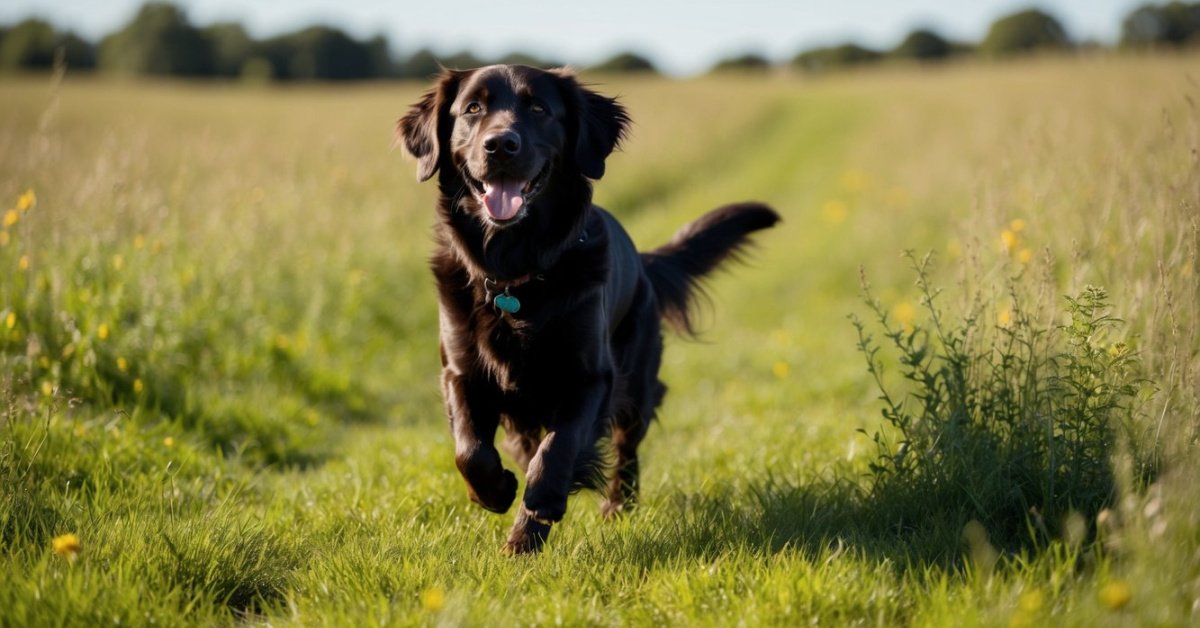I’ve always been fascinated by how certain dog breeds come to be, and the Golden Retriever is a perfect example. Known for their friendly demeanor and striking golden coats, these dogs have a rich history that traces back to the Scottish Highlands. They were originally bred in the mid-19th century for their exceptional retrieving abilities, making them ideal companions for hunters.
As I dug deeper into their evolution, I discovered how selective breeding shaped their traits over the years. From their early days as working dogs to their current status as beloved family pets, the Golden Retriever’s journey is a testament to both human ingenuity and the bond we share with our canine friends. Let’s explore how this breed evolved into the loyal and loving companion we know today.
The Origins of the Golden Retriever
The Golden Retriever traces its roots back to the Scottish Highlands. Early breeding aimed at enhancing specific traits that would benefit both hunters and their canines.
Early Breeding Practices
Early breeding practices focused on combining various breeds to produce exceptional retrieving abilities. The Tweed Water Spaniel, the Bloodhound, and the Yellow Retriever contributed to the Golden Retriever’s genetic foundation. Selective breeding emphasized intelligence, agility, and a gentle temperament, ensuring these dogs excelled in hunting and companionship. This approach fostered a breed known for its friendly demeanor and eagerness to please.
The Role of Landowners
Landowners played a significant role in the breed’s evolution. They needed skilled dogs for hunting game in the challenging Scottish terrain. The specific needs of landowners drove the breeding decisions, promoting traits such as loyalty, trainability, and a robust physique. As Golden Retrievers increasingly became tied to aristocratic estates, their popularity surged, transforming them from utility dogs into beloved pets for families in Scotland and beyond.
The Golden Retriever Standard
The Golden Retriever standard outlines the breed’s distinctive traits, ensuring consistency in appearance and behavior. This standard reflects the careful breeding practices that have shaped the breed.
Physical Characteristics
Golden Retrievers possess a balanced and strong build. Male dogs typically stand between 21.5 to 24 inches tall, while females range from 20 to 22.5 inches. Weighing anywhere from 55 to 75 pounds, their frame supports both agility and strength. Their most notable feature is the dense, water-repellent golden coat that varies from light cream to rich gold. This beautiful outer layer consists of a long, wavy, or straight texture that requires regular grooming to maintain its health. Additionally, they have friendly, intelligent expressions with dark, soulful eyes that convey warmth and approachability.
Temperament and Behavior
Golden Retrievers are renowned for their gentle demeanor and friendly disposition. They exhibit intelligence and trainability, making them excellent candidates for obedience training and various canine sports. These dogs thrive on companionship and enjoy being involved in family activities. Their social nature fosters strong bonds with both humans and other pets. Golden Retrievers also display patience and loyalty, making them great pets for children. They exhibit playful behavior but can settle into calmness when relaxed, embodying a well-rounded temperament ideal for family life.
Major Milestones in Evolution
Significant milestones shaped the Golden Retriever’s development, each marking an evolution in breeding practices and breed standards.
Introduction of New Bloodlines
Introduction of new bloodlines enhanced the Golden Retriever’s abilities. In the early 20th century, breeders incorporated dogs like the Irish Setter and the Newfoundland. These additions improved traits such as endurance, coat quality, and versatility. Combining different breeds not only diversified the gene pool but also solidified the breed’s reputation for intelligence and social temperament.
Impact of Kennel Clubs
Impact of kennel clubs on the Golden Retriever’s evolution was profound. The establishment of the Golden Retriever Club in 1938 standardized breed characteristics, promoting uniformity in appearance and behavior. Recognizing the breed also increased awareness among potential owners, leading to a surge in popularity. Strict guidelines from clubs influenced breeding practices, ensuring that Golden Retrievers maintained their friendly disposition and retrieving prowess while gradually becoming predominant family pets.
Modern Day Golden Retrievers
Golden Retrievers today reflect a blend of their storied past and the evolving needs of their families. Their popularity has led to changes in training approaches and health considerations that contribute to their well-being and ability to thrive in various environments.
Changes in Training and Socialization
Training methods for Golden Retrievers adapt over time, focusing on positive reinforcement techniques. I emphasize reward-based training, which enhances their natural desire to please. Socialization starts early to cultivate friendly interactions with people and other animals. Group classes and playdates promote their sociable nature, ensuring they remain well-adjusted at home and in public. Current trends also highlight the importance of mental stimulation, incorporating puzzle toys and obedience games into routines. This approach nurtures their intelligence while fostering a strong bond between the dog and owner.
Health Evolution Over Time
Health awareness for Golden Retrievers has advanced significantly. I observe more conscientious breeding practices that aim to reduce genetic disorders such as hip dysplasia and certain types of cancer. Regular veterinary check-ups and vaccinations play a crucial role in their longevity. Diet and exercise have also evolved, with many pet owners opting for high-quality, breed-specific nutrition. Research into Golden Retriever health informs standards and guidelines, promoting overall well-being. These developments make it possible for the breed to live healthier and more fulfilling lives, aligning with the responsibilities of modern pet ownership.

Conclusion
« How Golden Retrievers Changed Through History: From Hunting Aids to Beloved Family Pets
Easy Guide on How to Trim Golden Retriever Nails Safely for a Stress-Free Experience »
The journey of the Golden Retriever is truly fascinating. From their humble beginnings as skilled hunting companions to becoming beloved family pets, these dogs have captured our hearts in so many ways. Their friendly nature and unwavering loyalty make them perfect additions to any home.
As I reflect on their evolution, I can’t help but appreciate the bond we share with them. Golden Retrievers not only enhance our lives with their playful spirits but also remind us of the joy that comes from companionship. I look forward to seeing how this wonderful breed continues to adapt and thrive alongside us in the years to come.











